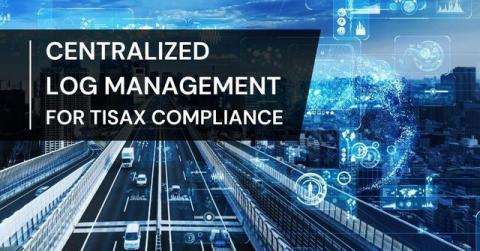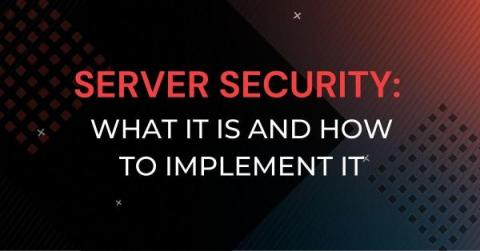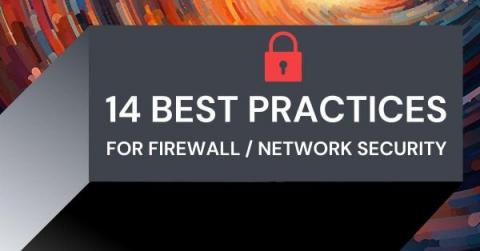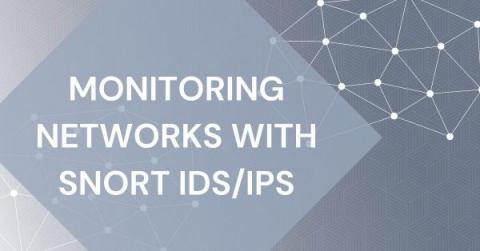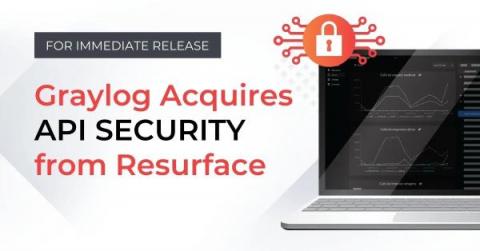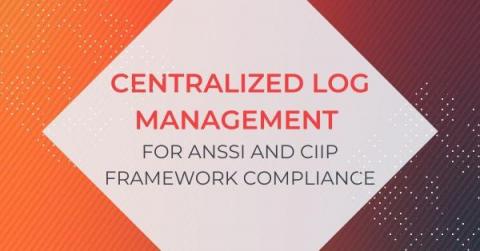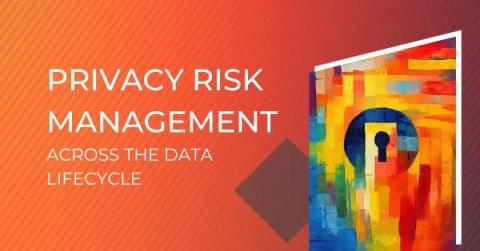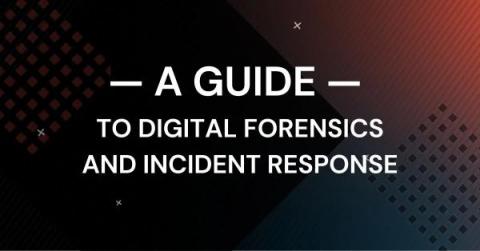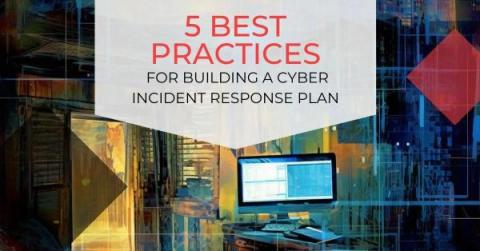Centralized Log Management for TISAX Compliance
The Trusted Information Security Assessment Exchange (TISAX) is the certification process for engaging in the Verband der Automobilindustrie (VDA), the German Association of the Automotive Industry, Information Security Assessment (ISA). The ENX Association, a collection of automobile manufacturers, suppliers, and four national automotive associations, established TISAX to create an overarching industry standard and make reporting more efficient.


